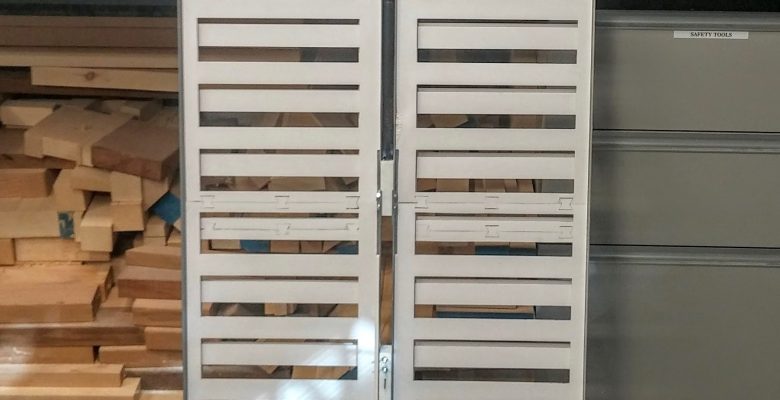Building in harmony with nature allows for the comfort and well-being of inhabitants of a home, building, neighborhood, or even a district. In this research, we studied the ways in which harmony is achieved in nature, and the ways in which it is achieved in existing building science. We propose a novel bridge between active and passive mechanical systems, a “semi-passive approach”, which requires no external regulation or monitoring, and responds to changing environment conditions. This type of system trades the intelligence and adaptability of traditional mechanical systems for resilience, autonomy, economy, and simplicity. In contrast to simply passive systems, the “semi-passive” approach offers some level of flexibility to changing conditions. To study this concept, we designed a novel intervention that uses thermal actuators that respond to changes in environmental conditions to extend and retract a piston, and collected data regarding its performance in the Vancouver studio of Perkins+Will. The apparatus acts to allow control of ventilation, daylight, and heat gain. While our particular climactic zone may not find year-round applications for such an approach, there are applications for the holistic toolkit of Climate Adaptive Building Skins (CABS).
This article originally appeared in Vol 09.01 of the Perkins+Will Research Journal. CLICK HERE to see the whole article.

